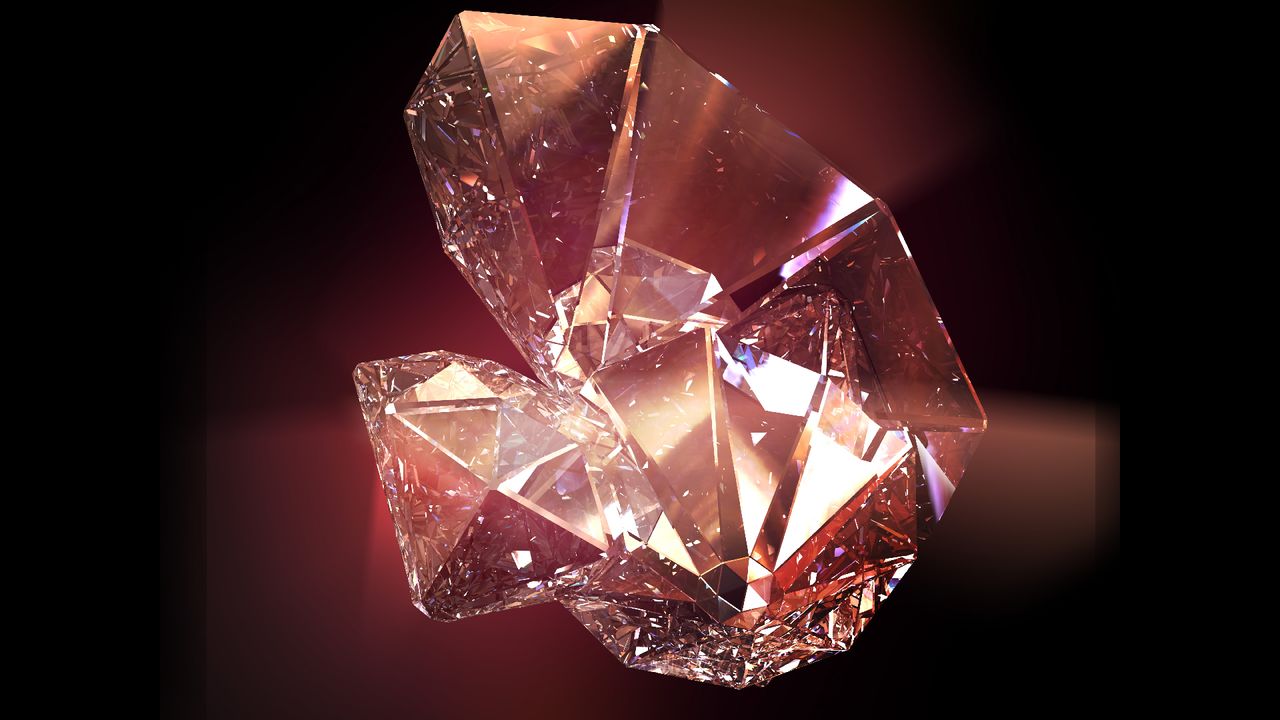Now Reading: Scientists Create Meteorite Diamond Harder Than Earth’s
-
01
Scientists Create Meteorite Diamond Harder Than Earth’s
Scientists Create Meteorite Diamond Harder Than Earth’s

Fast Summary
- Scientists have successfully created meteorite diamond (lonsdaleite or hexagonal diamond) for the first time, a material predicted to be harder than conventional diamonds.
- Using high-pressure and high-temperature synthesis via specialized equipment like diamond anvil cells, they converted purified graphite into disks of hexagonal diamond by applying pressure (~20 GPa) and laser heat (>1400°C).
- The hexagonal structure enhances hardness by up to 58% compared to typical cubic diamonds due to its distinct arrangement of carbon layers (AB instead of ABC in conventional diamonds).
- Electron microscopy and X-ray crystallography verified the structural achievement, even though impurity challenges remain.
- Applications in industrial sectors such as precision machinery, electronics, quantum technologies, thermal management systems are projected within 10 years; efforts are ongoing to produce larger pure samples for testing mechanical properties.
- Researchers aim for eventual real-world adoption through improved synthesis quality.
!An illustration of a sparkling diamond
(image credit: Mina De La O via getty Images)
!A diagram showing the structural differences between cubic diamond (left) and meteorite diamond (right)
(Image credit: Ralf Riedel)
!Meteorite fragment containing lonsdaleite
(Image credit: Geoffrey Notkin/Aerolite Meteorites)
Indian Opinion Analysis
This breakthrough contributes significantly to advancements in material science with potential applications in industries relevant globally.For India specifically:
- Technology Landscape: india’s burgeoning electronics manufacturing sector could benefit from adopting superior materials like hexagonal diamonds once production scales improve. Their enhanced heat resistance may allow better performance and durability in devices used domestically and exported internationally.
- Economic Opportunities: In sectors like mining or drilling where India has significant operations both regionally and abroad, replacing conventional tools with ultrahard alternatives could reduce costs over time due to greater efficiency.
- Research Implications: Encouraging collaborations between Indian research institutions-such as IITs-and global laboratories could pave the way for domestic innovation utilizing this novel material.
The progress made highlights science’s evolving ability to synthesize valuable natural structures under controlled conditions-a reminder that investing further into high-stakes R&D can deliver dividends across multiple sectors globally while opening doors locally as well.






















